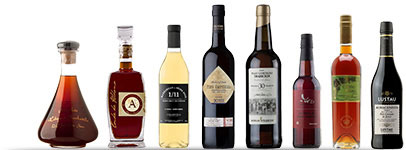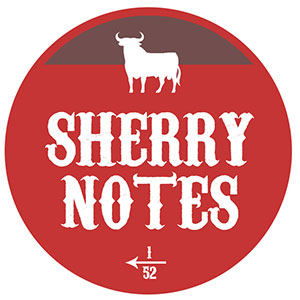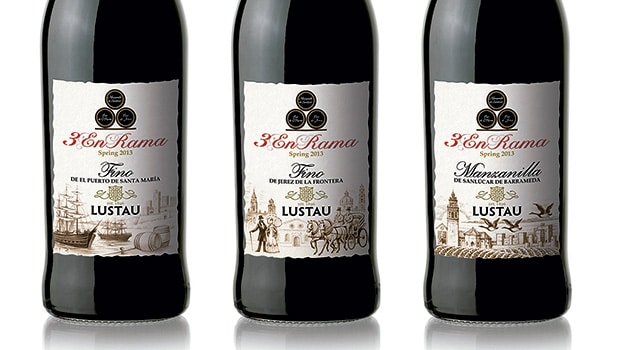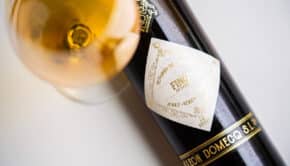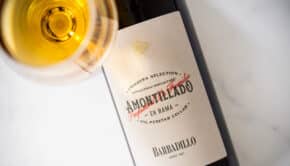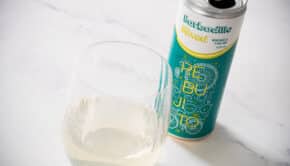En rama: intense, unfiltered sherry
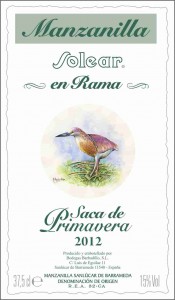
An era of excessively filtered sherry wines
Unfortunately sherry wines as a whole, and Fino and Manzanilla in particular, usually undergo excessively heavy filtering and clarifying. This is the result of the consumer’s preference for clear, pale, light wines that go well with food. There’s also the producer’s quest for more stable and consistent wines that have longer shelf lifes. This filtering process is taking out flor residues and impurities, but a lot of colour and – most importantly – a whole lot of flavour as well. The only way to try this kind of raw sherry would be in Andalucia at one of the Bodegas or stores that sell sherry in bulk.
Slowly though, the industry is realizing that there’s a growing consumer interest for a more genuine style of sherry that hasn’t been modified by a series of pre-bottling manipulations. The problem with biologically aged sherry wines is of course the risk of bottling particles of flor and the possibility of re-activating them in the bottle.
To take away this risk, most producers seem to have taken the path of activated carbon, a material with a high internal porosity. There’s a large internal surface area which will absorb even the smallest microparticles. When done very aggressively, it will basically turn your wine into water. For sherry wines though, a minimal filtration (using plate filters or the traditional egg-white) or a brief cold stabilization will suffice to take away this risk.
En Rama is still very lightly filtered
In reality en rama sherries still undergo minimal clarification, but they find a much better balance with retaining the essential flavouring and colouring molecules and only taking away the biggest, solid particles. A truly raw wine, bottled without any filtering whatsoever, could turn brown and go bad after a mere two weeks. You could say en rama is the best possible compromise between required stability and desired flavour intensity. The wine can still be slightly cloudy but in a way that’s the essence of biological ageing.
Note that there is not a pre-defined set of variables for ‘en rama sherry’. What some bodegas explicitely sell as en rama may well be the common practice of another bodega that doesn’t put ‘en rama’ on the label. En Rama should be seen as a common denominator for lightly filtered sherry, but the actual filtering can still vary.
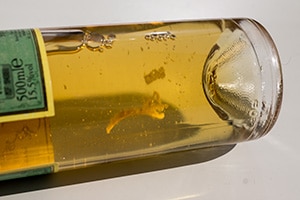
Some examples of En Rama Sherry
Barbadillo’s Manzanilla En Rama pioneered this category of sherries in 1999 and has been released in four sacas every year (one for every season, each with a drawing of a local animal on its label). González Byass bottled the first Fino en rama in 2010: Tio Pepe En Rama although the name En Rama was already used decades ago in a slightly different context. Nowadays most Bodegas have one or more en rama sherries on the market – most of them are obviously older examples:
- Argüeso Manzanilla San León Reserva de Familia
- Argüeso Viruta En Rama
- Barbadillo Manzanilla Solear En Rama
- Delgado Zuleta Goya XL Manzanilla En Rama
- Emilio Hidalgo La Panesa Fino Especial
- Hidalgo La Gitana Manzanilla En Rama
- Hidalgo La Gitana Pastrana Manzanilla Pasada
- Fernando de Castilla Fino En Rama
- González Byass Tio Pepe En Rama (one version each year since 2010)
- González Byass Palmas series (Una Palma, Dos Palmas, Tres Palmas and Cuatro Palmas)
- La Guita En Rama (since late 2015)
- Lustau Almanecista Manuel Cuevas Jurado Manzanilla Pasada
- Lustau 3 En Rama series (see picture above, three sherries from different cities in the sherry region: Fino Jerez, Fino El Puerto de Santa María and Manzanilla Sanlúcar de Barrameda)
- Pedro Romero Aurora Manzanilla Pasada En Rama
- Sacristia AB Manzanilla En Rama
- Urium Fino en Rama
- Urium Manzanilla Pasada
- Valdespino Manzanilla Deliciosa En Rama
- Williams & Humbert Fino En Rama Vintage 2006
An many more by now…
A special mention is needed for independent bottlers like Equipo Navazos and Alexander Jules. Most independent bottlers release all of their sherries in the en rama style.
Storing and ageing en rama sherry
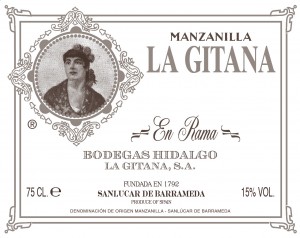
Due to the larger amount of ‘living’ particles, sherry en rama will evolve faster after bottling than filtered examples. Tio Pepe En Rama is advised to be consumed within 3 to 4 months of bottling, and the bottle should be finished in one day. Producers are tackling this by bottling very limited amounts, with a limited number of sacas in one year (usually the season of the saca will be mentioned on the label). In the case of the recent Lustau 3 En Rama series for example, we’re talking about just one butt in total. Usually sherry en rama is bottled in smaller 37,5 cl bottles.
Mind that I don’t totally agree with the producer’s claim to open and drink bottles as soon as possible after bottling. I’ve written a whole article about how long you can store / drink bottles of sherry. Sure, by doing so you’ll be tasting the wine in a way similar to being at the Bodega, and there’s no denying this is a great experience. But I think it’s also particularly interesting to keep it in the bottle for a slightly longer time and see the effect of bottle ageing. Buy two bottles, drink one immediately and leave the other one in your cellar until you discover it again in a year or so.
